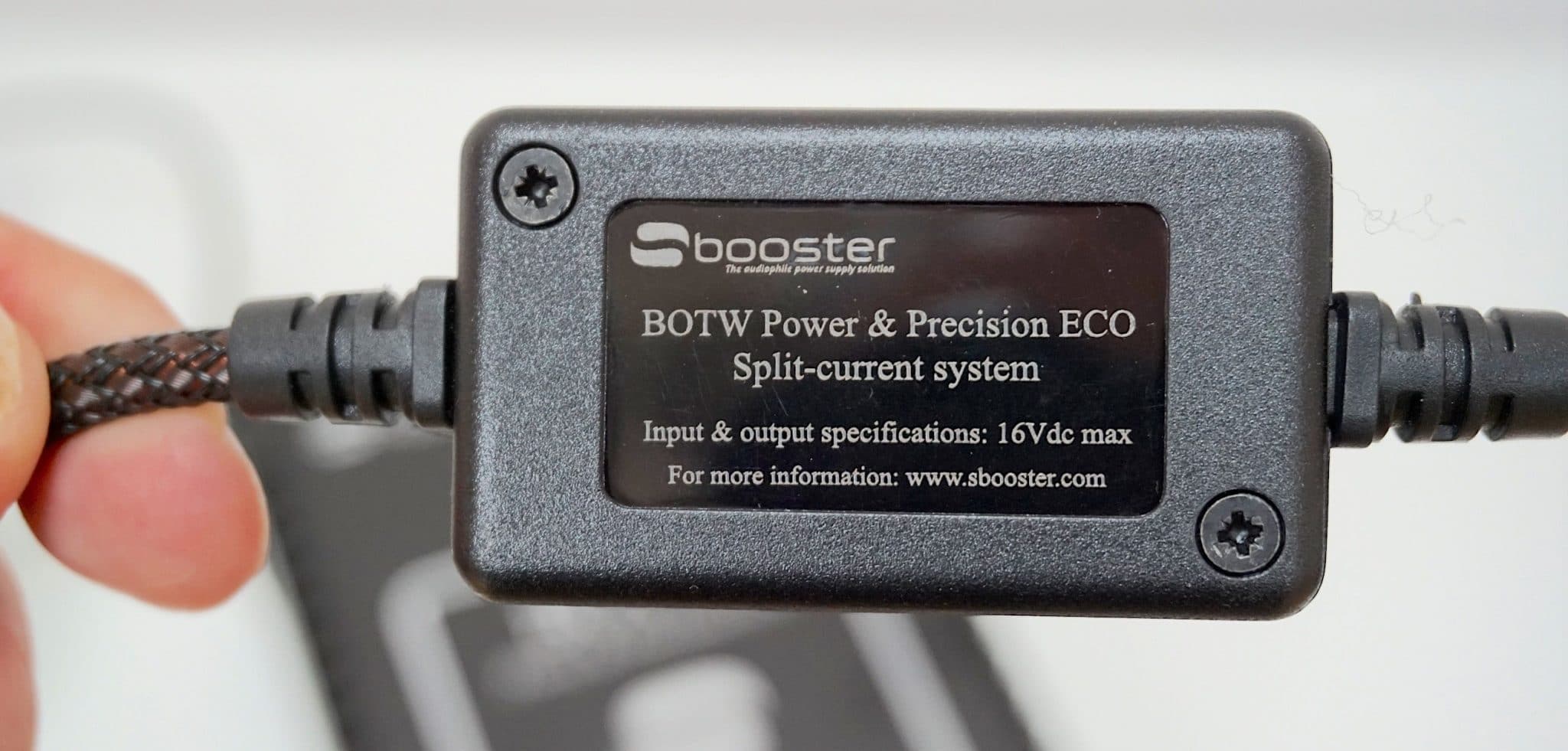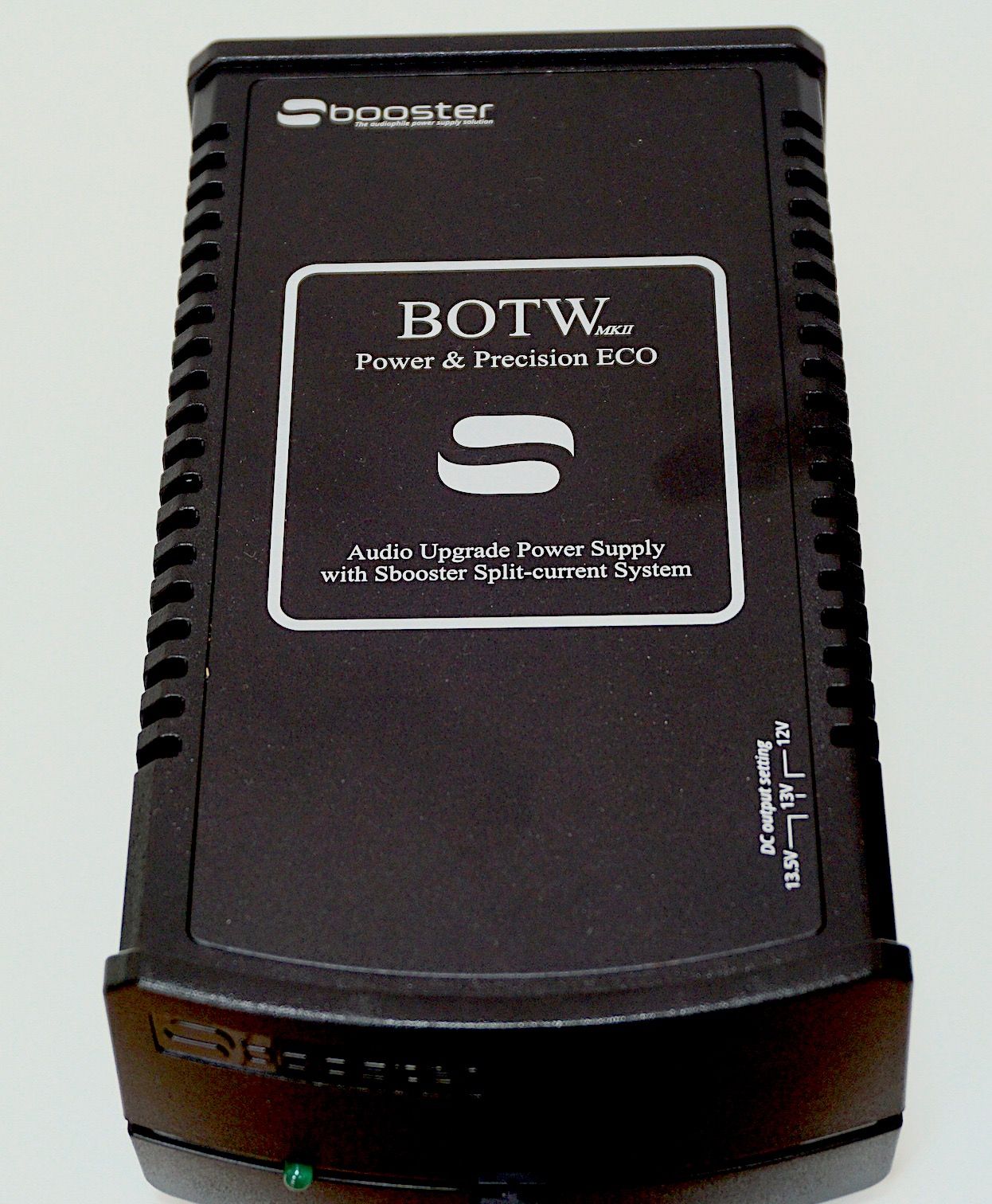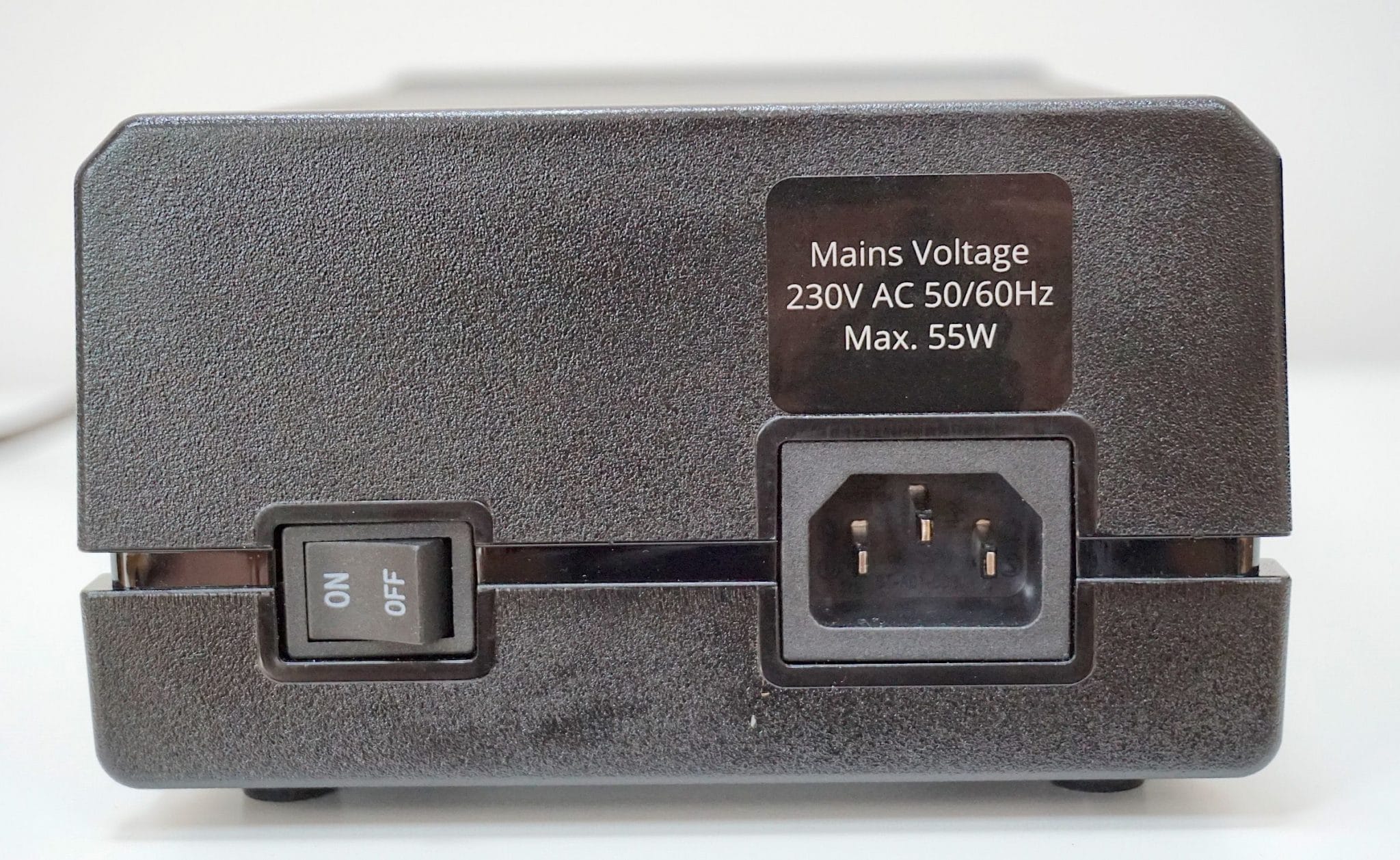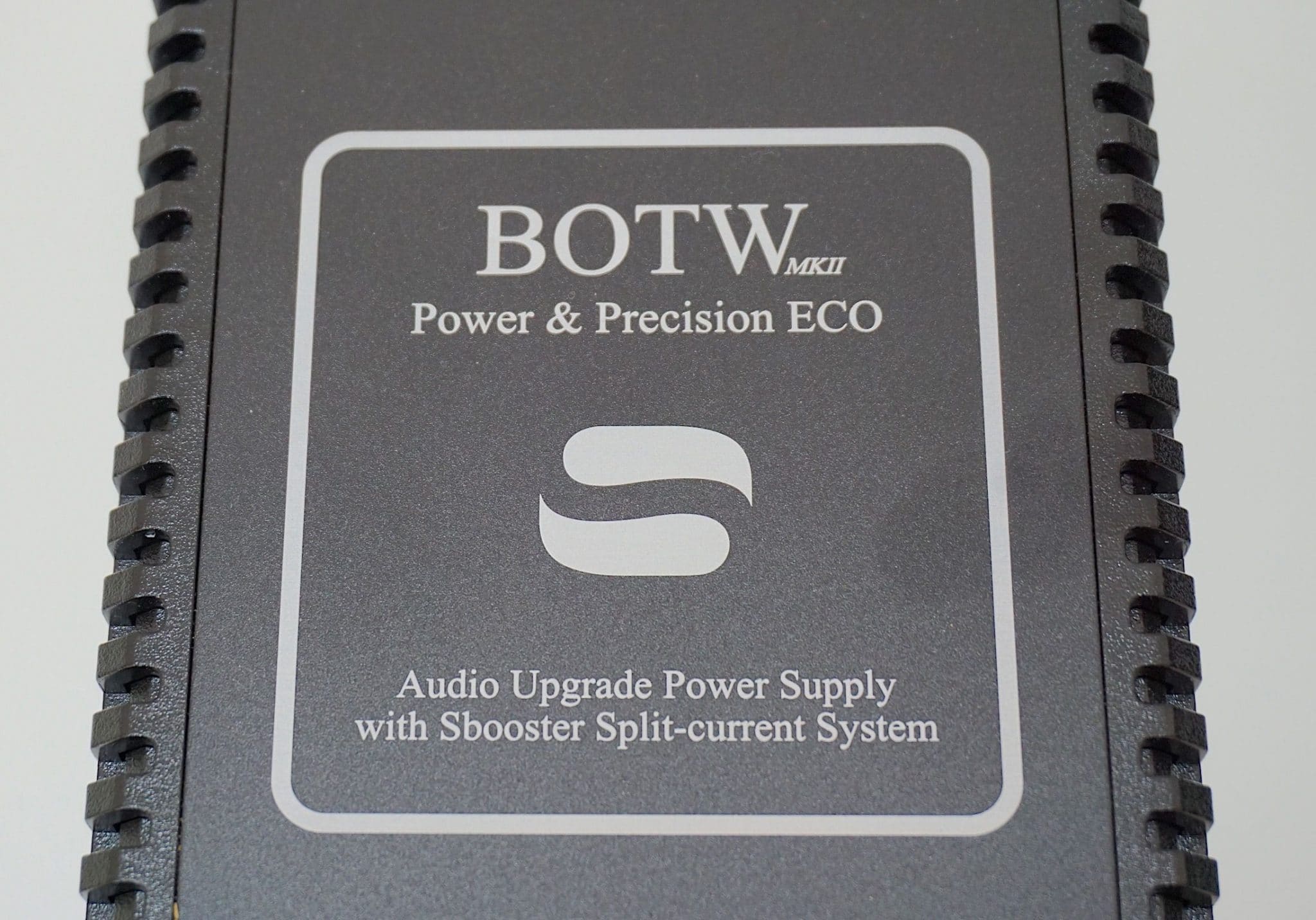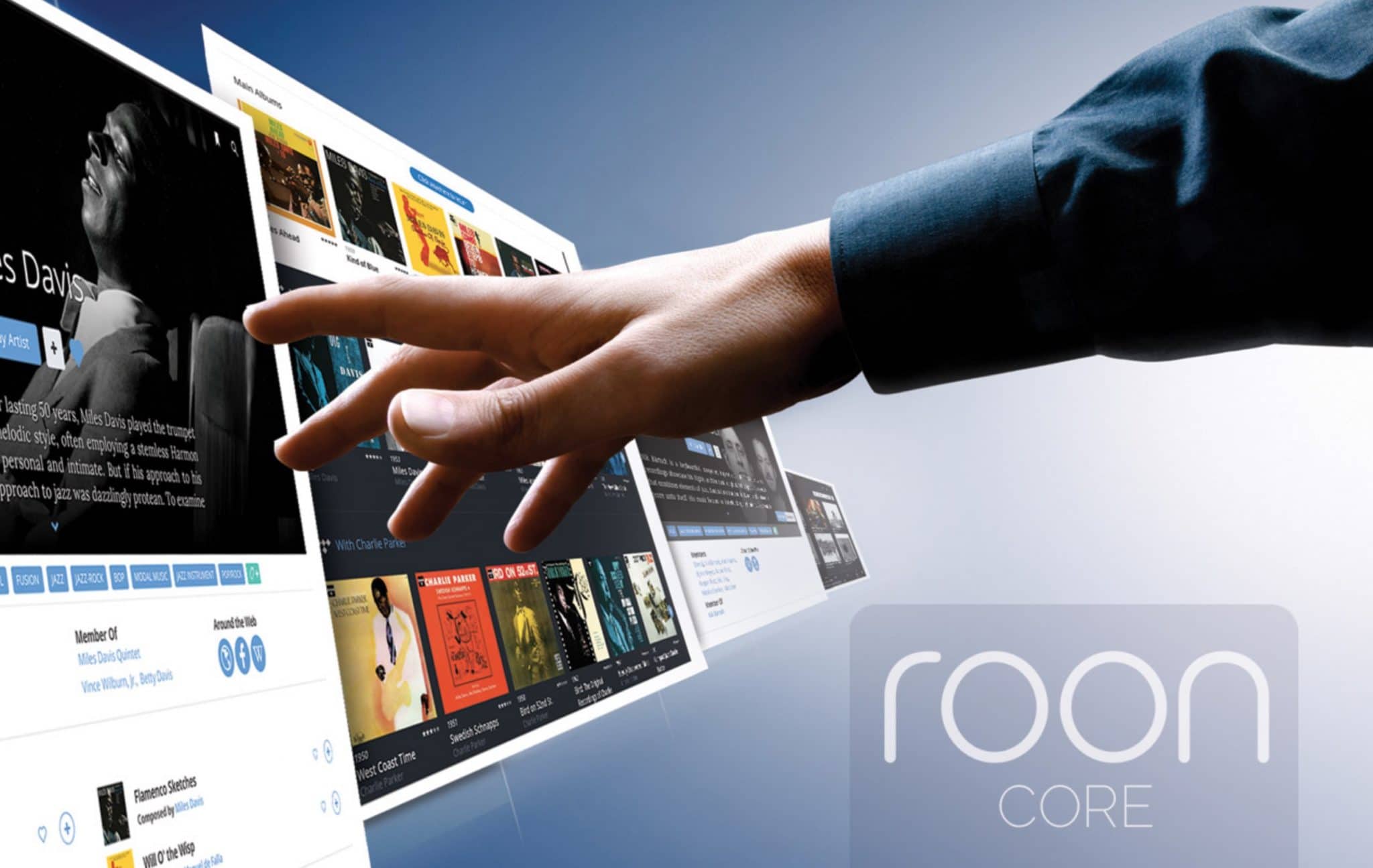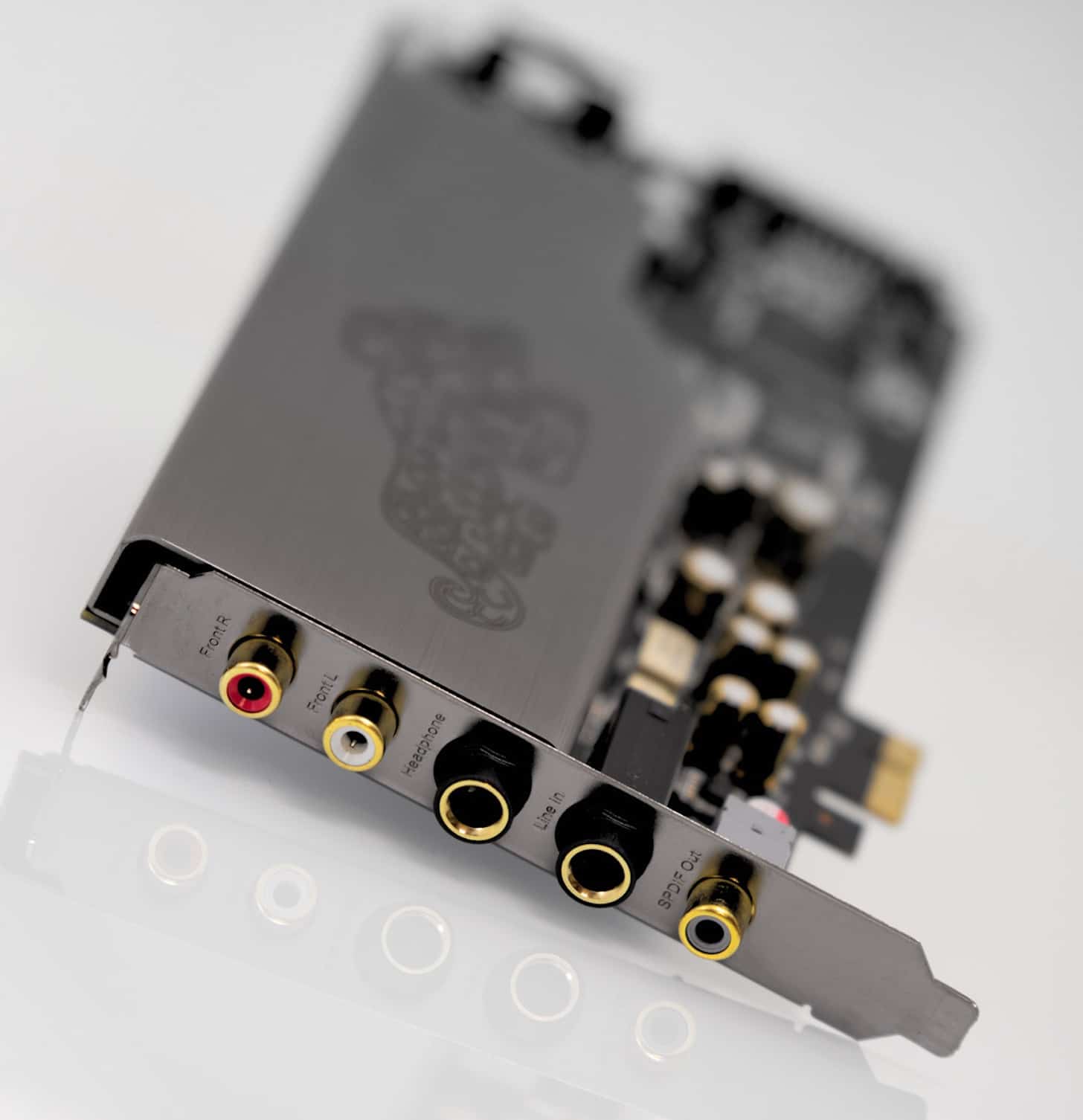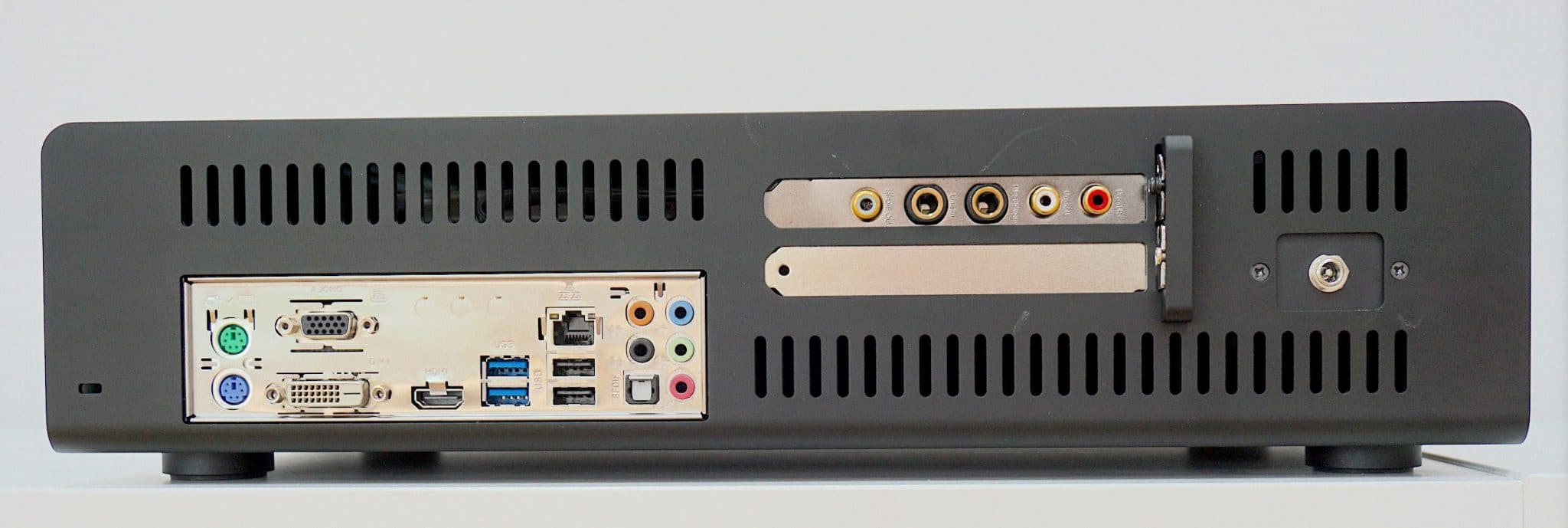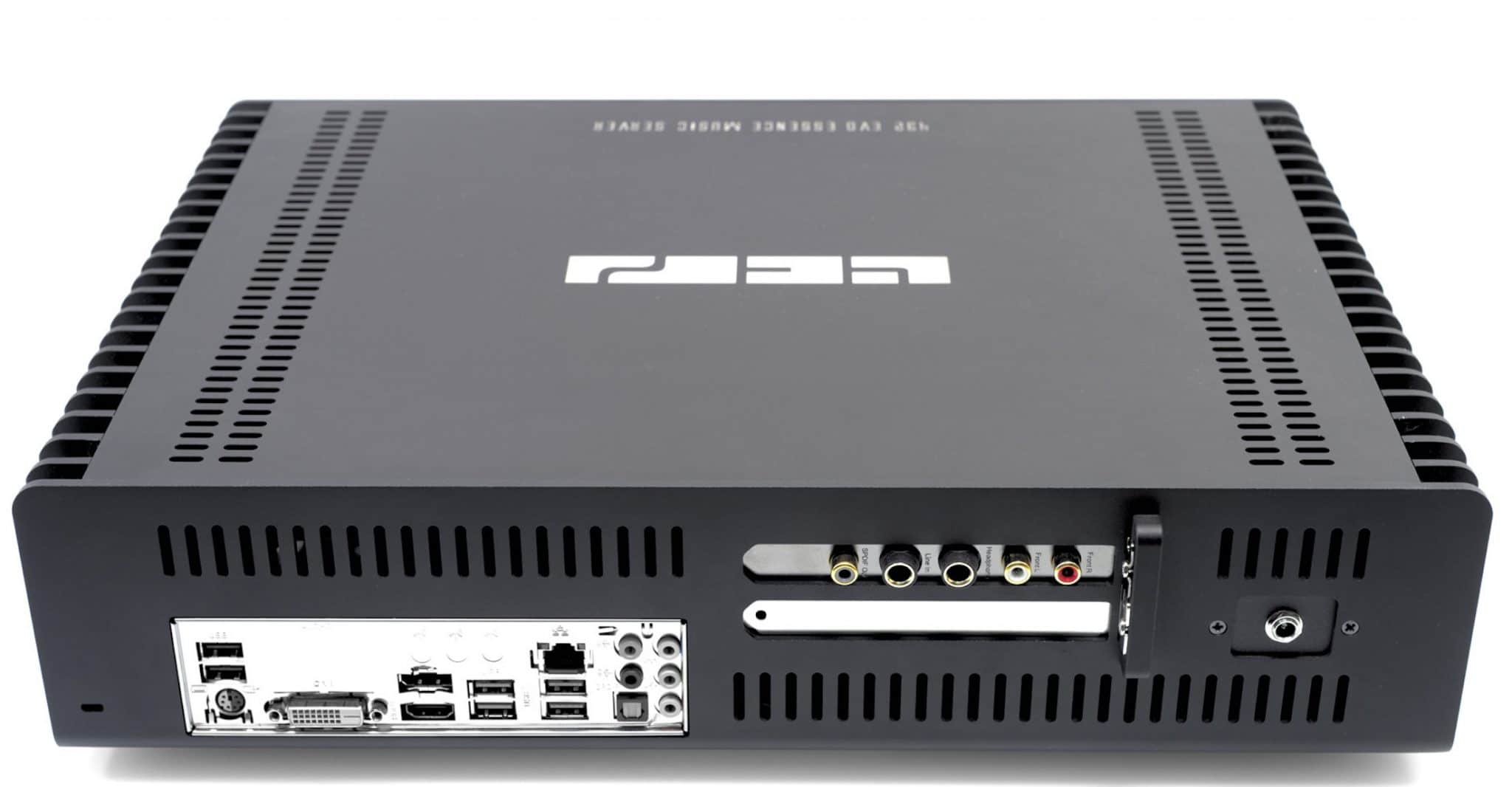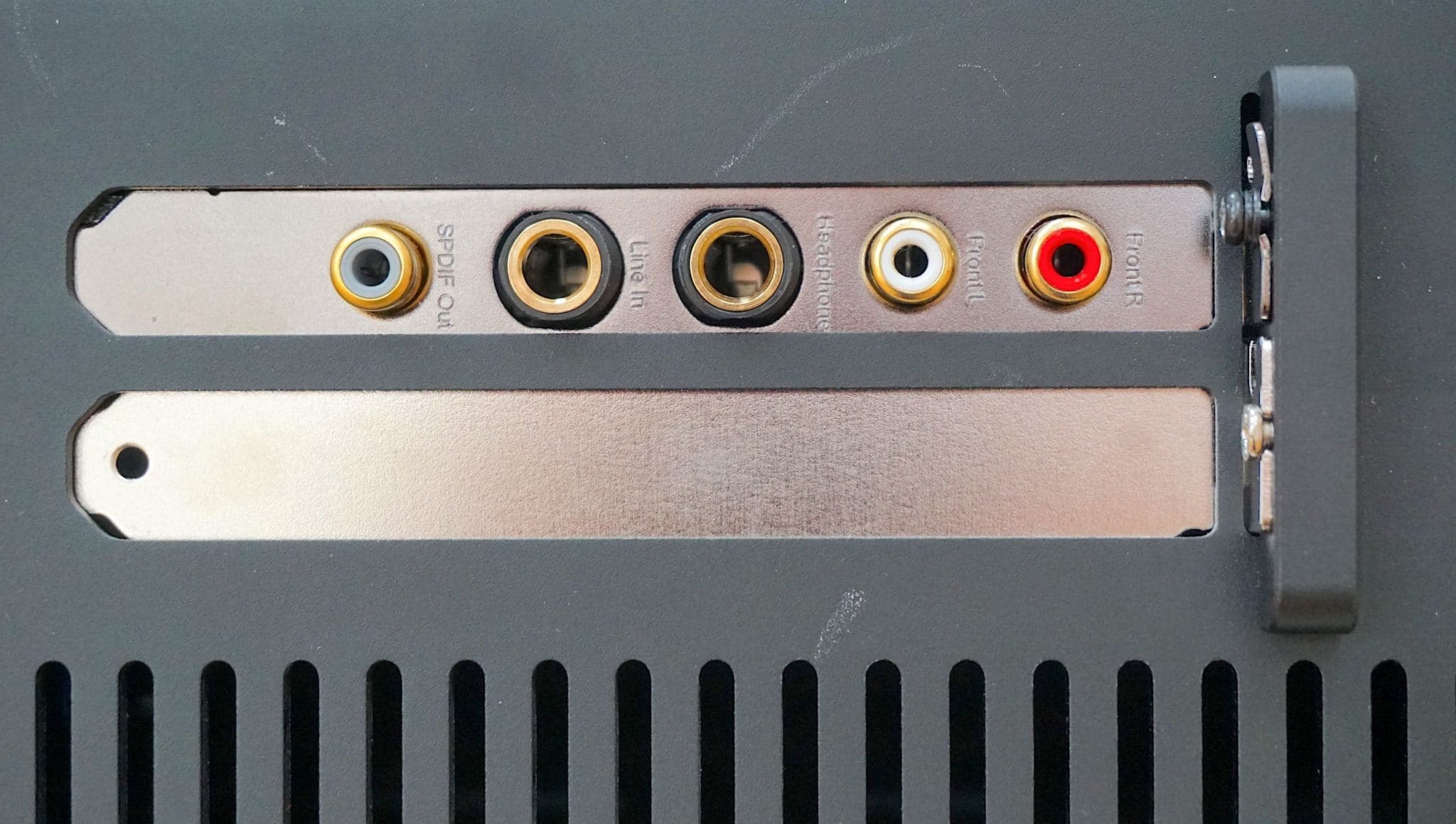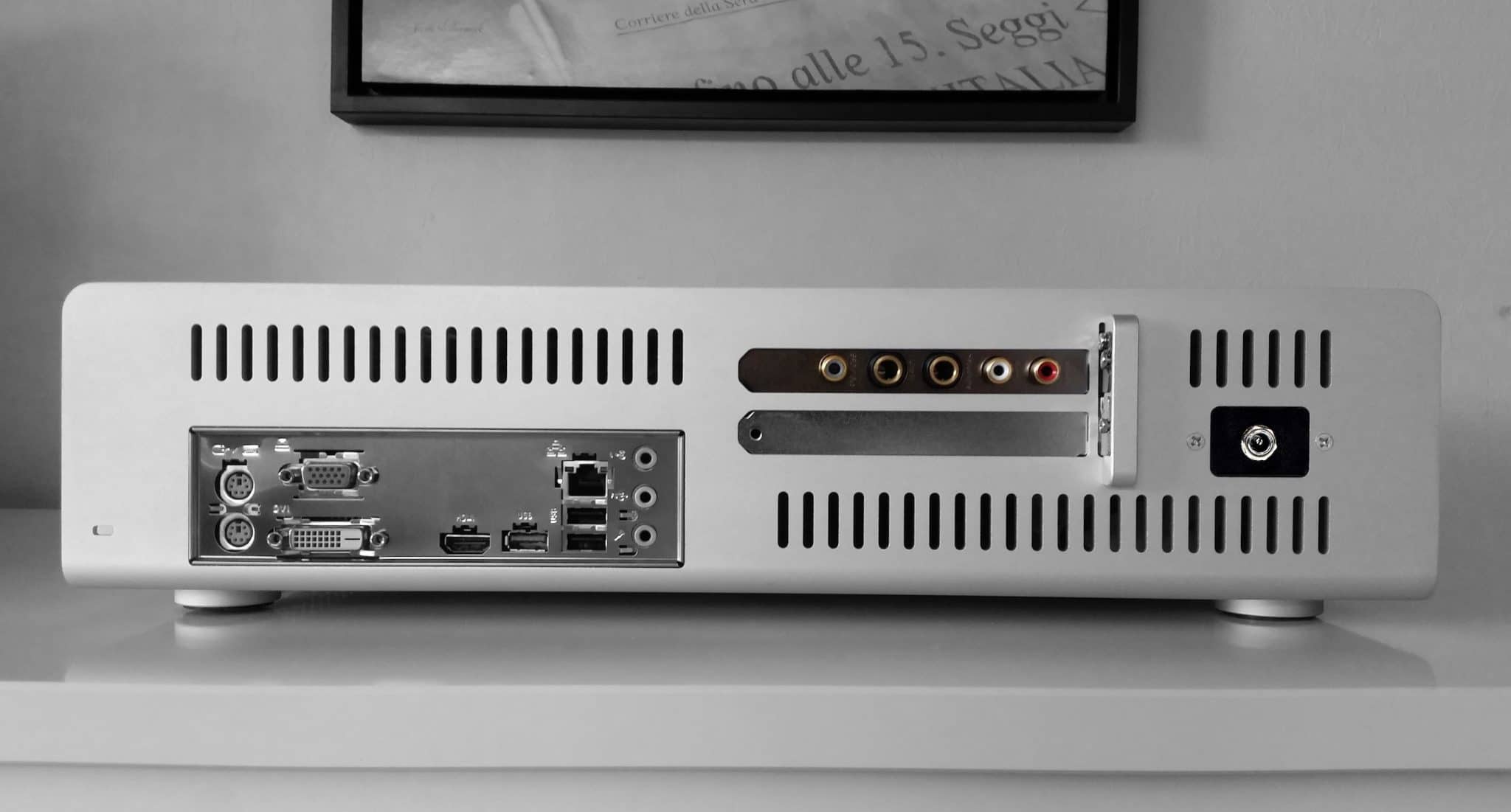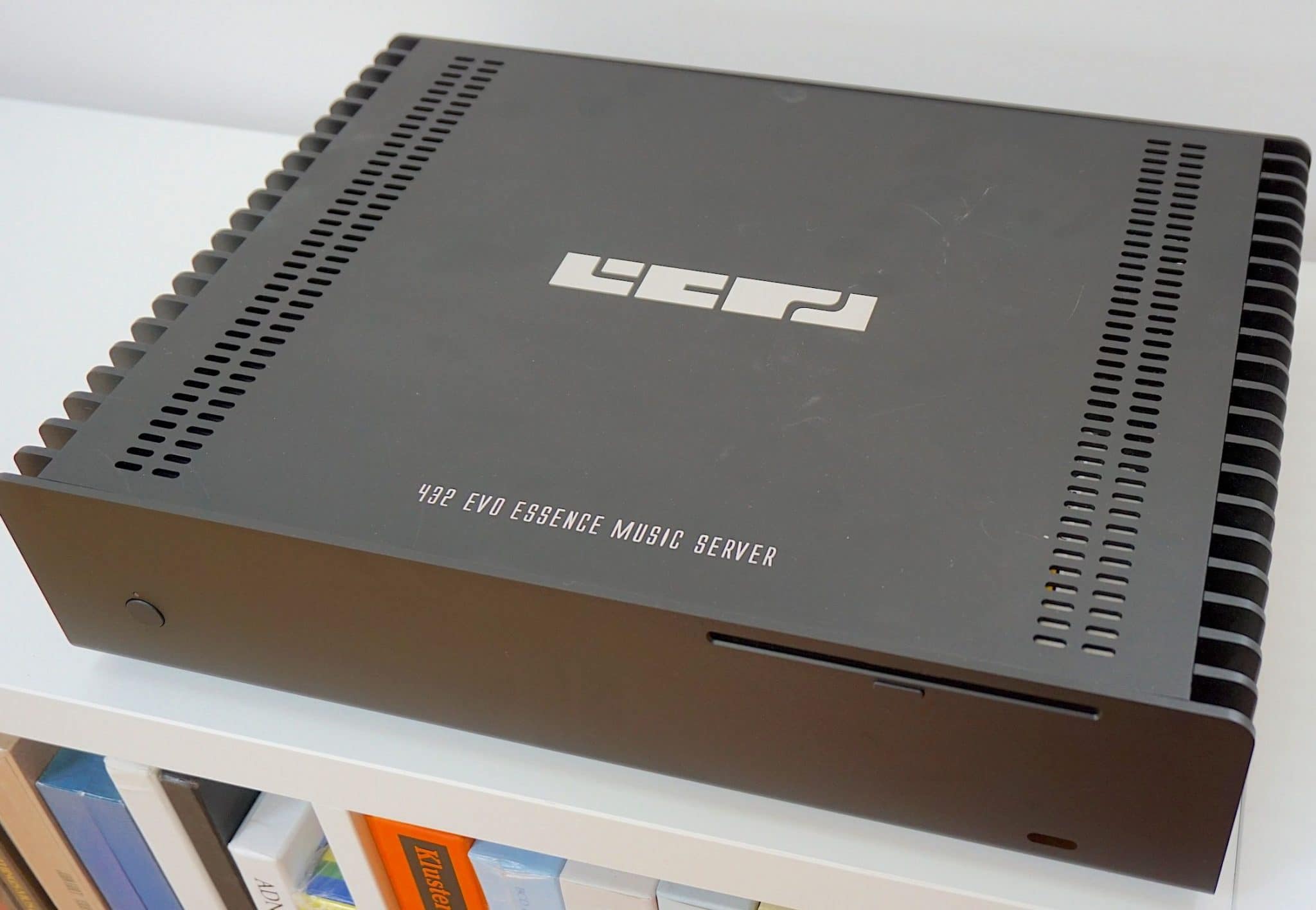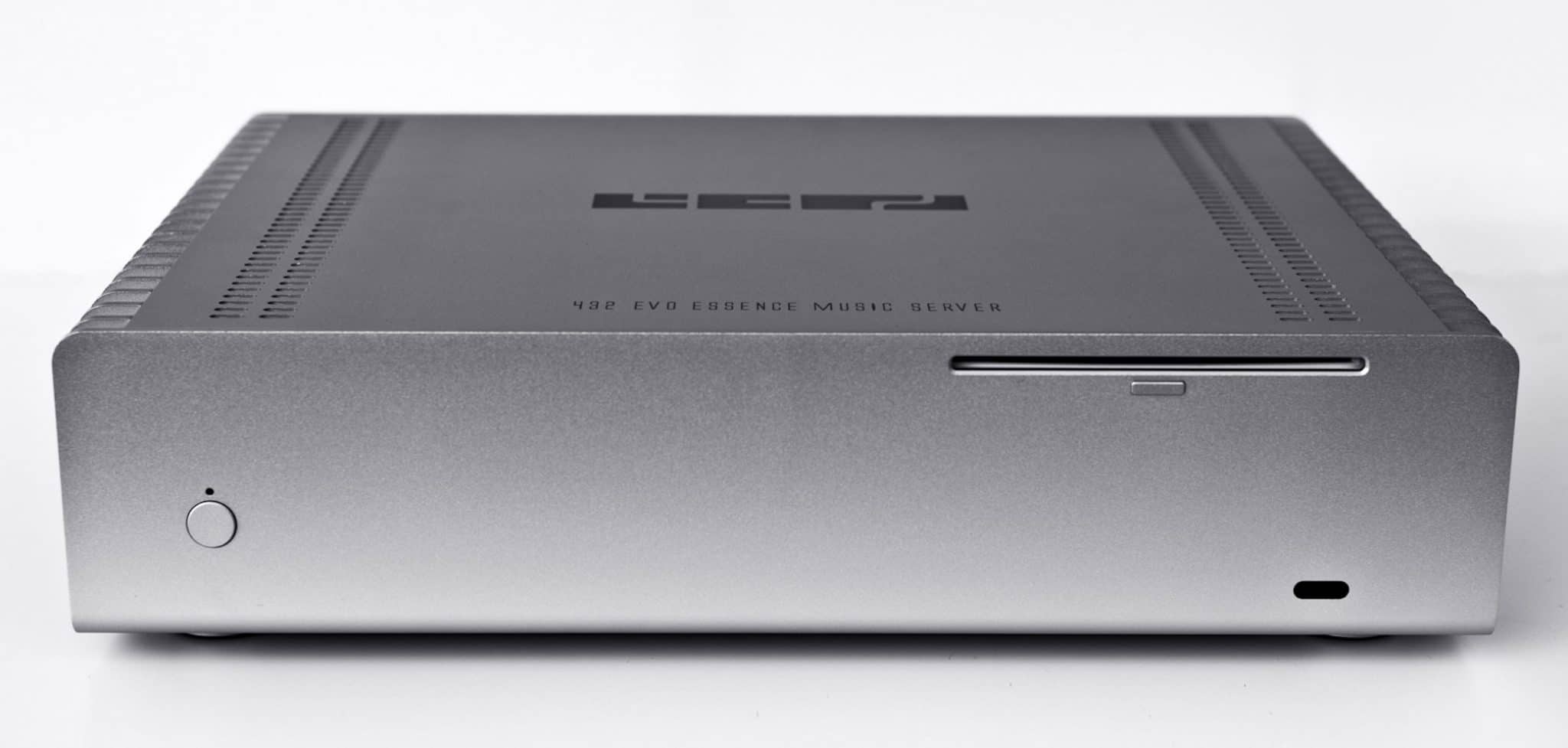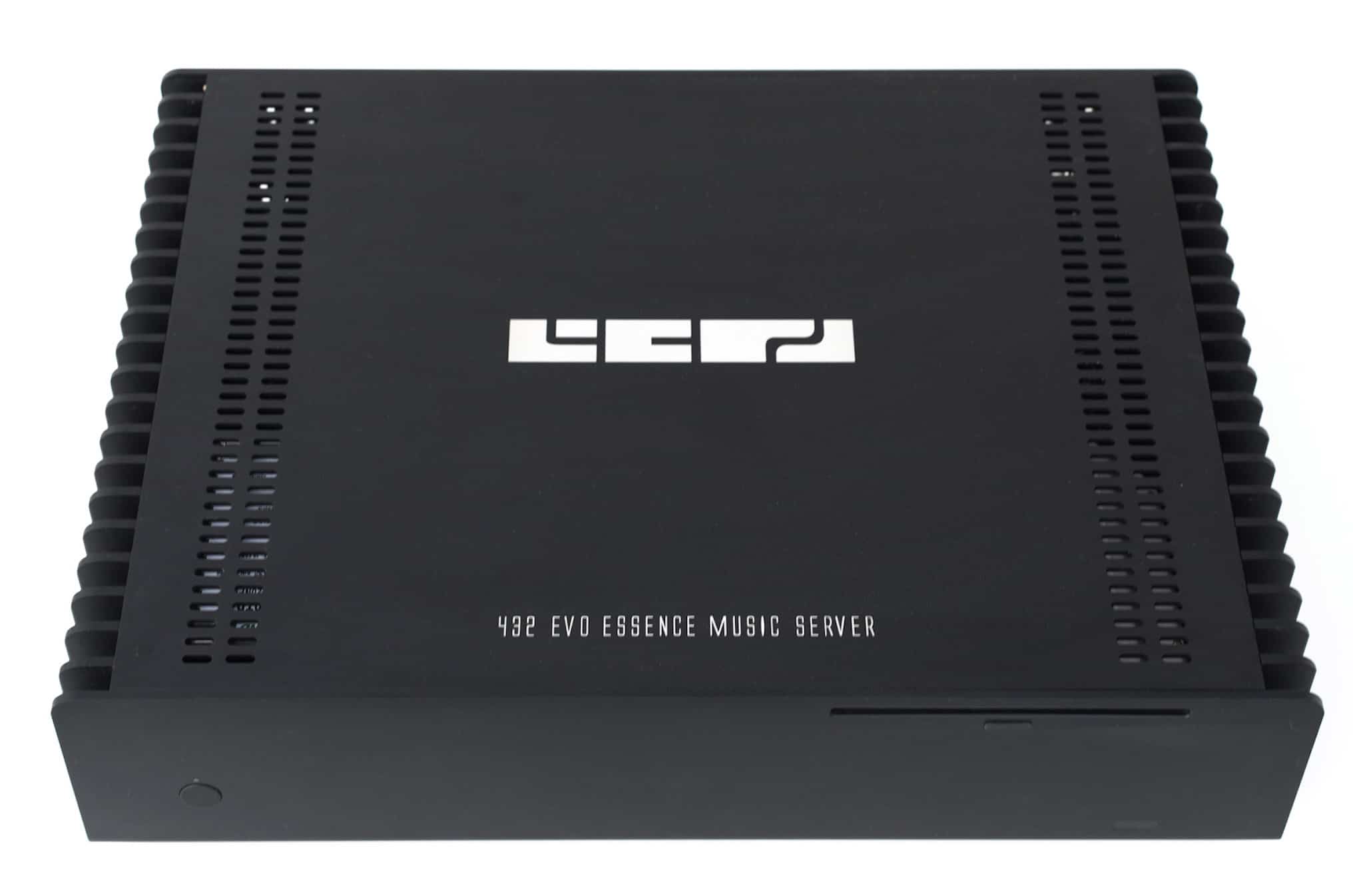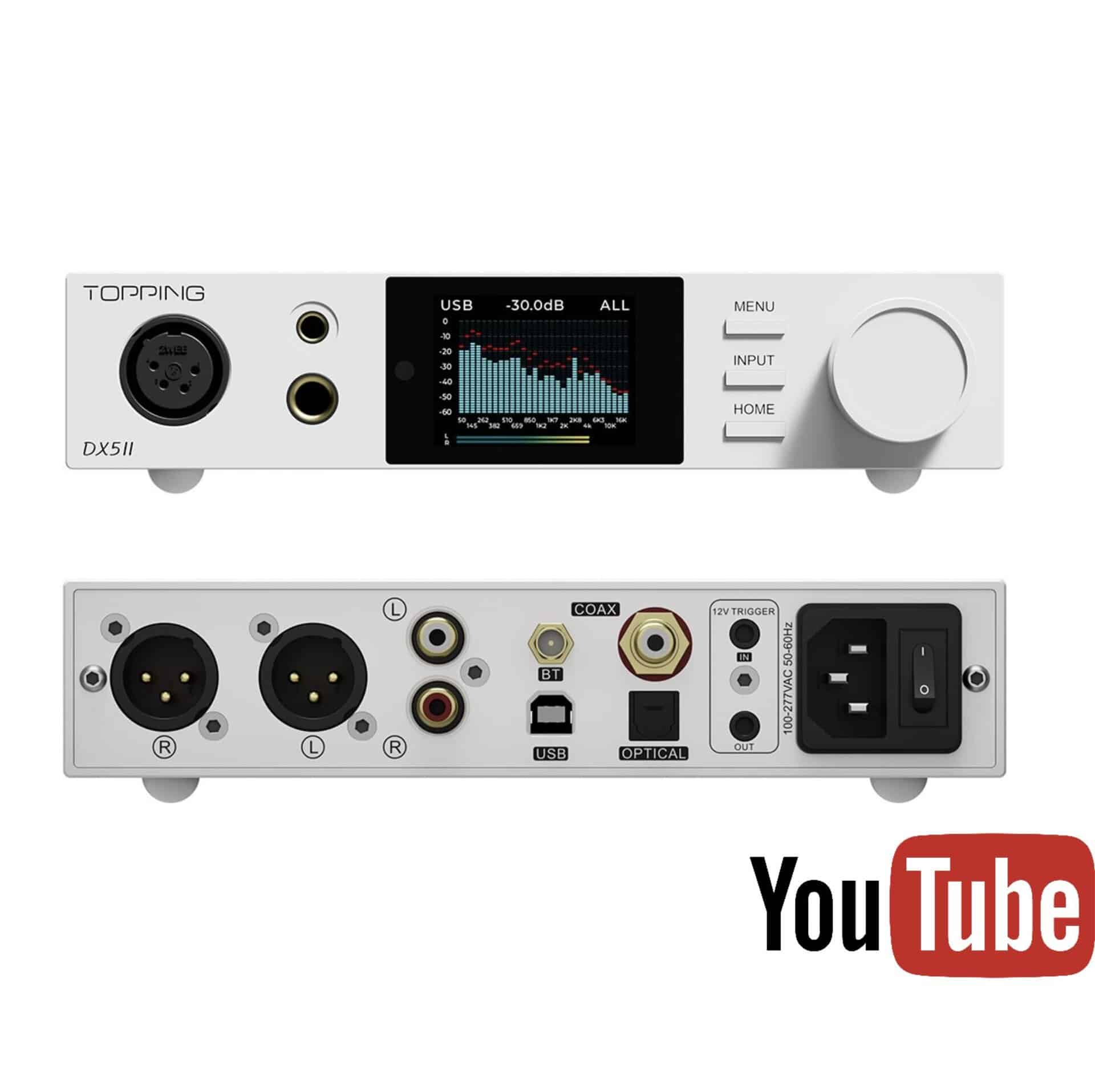The Article
Essence Network Player From 432 EVO
18th June 2020
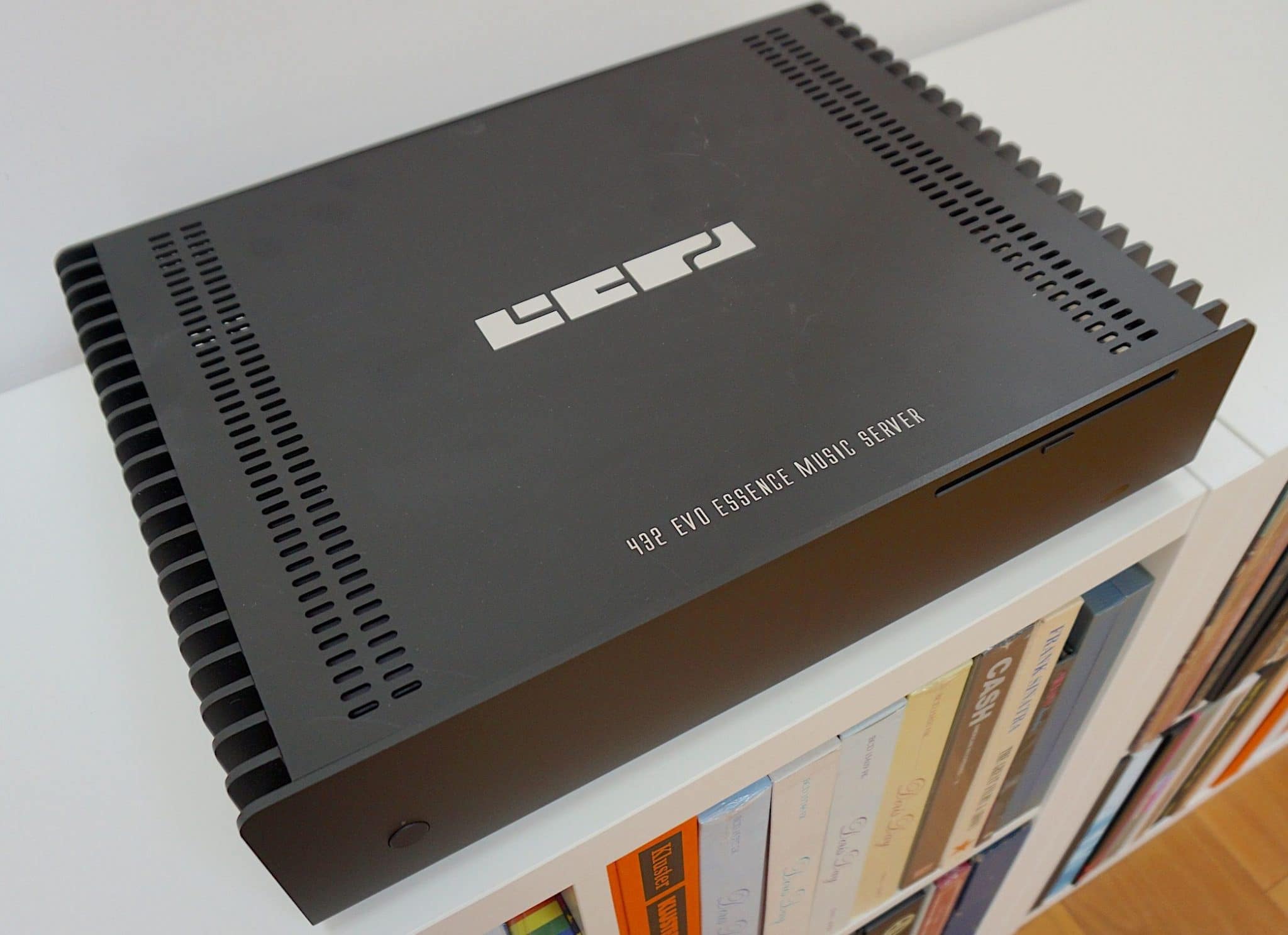
A one-box network player with external power supply, Paul Rigby looks at this tweakable digital hub, complete with tuning options!
Network players are basically computers shoved into a lifestyle case. The companies who sell these things hand out lots of shiny, colour brochures to add reflective light, pour soothing adjectives into your ear, infuse the moulded boxes with slick software and pretend that this is a musical revolution.
It isn’t. You can give these boxes any fancy name you like. They’re still computers in a lifestyle case.
I used to be a full-time computer journalist. More than that, I actually edited a grand total of four national UK, news-stand computer magazines back in the 90s (featuring various PC compatibles and Commodore Amigas, as your asking) and I saw dedicated but primitive network players emerging from a variety of companies, from different countries, over different computer platforms and types, even back then. They were hilarious and horrible to use. They offered the same type of product as the current technologies, they also based them around software of the day and, you know what? They called it a musical revolution.
They were just computers in a fancy case too. In basic foundational terms, not much has changed.
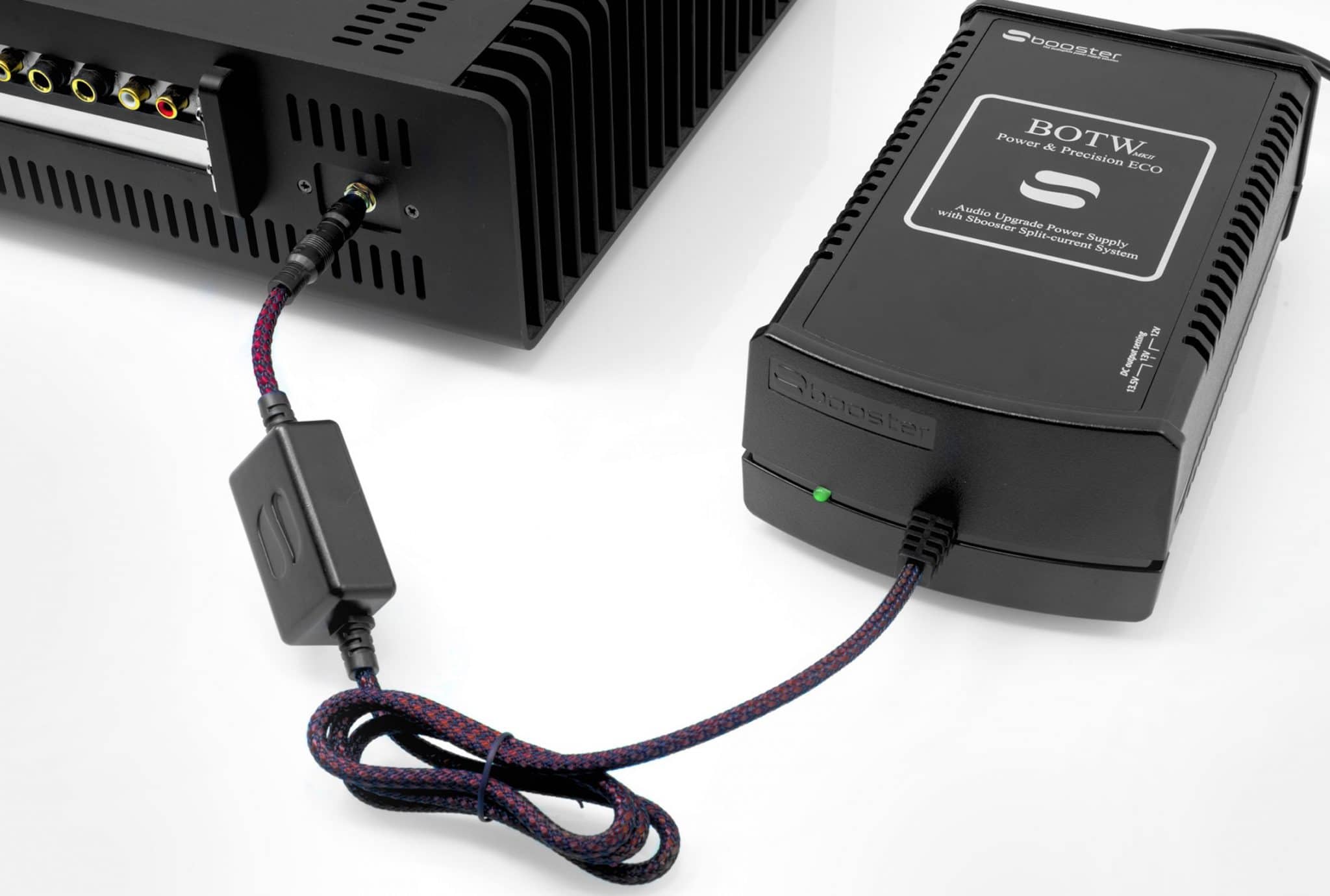
So let’s pause for a moment. When you look at network players currently on the market, what you’re seeing is the next stage in a long and rather painful evolution.
The road to digital music perfection is not a revolution. It’s a slow and heavy slog.
Computers are, inherently and in their original form, poor as audiophile music sources. What the latest generation of specialist network players are doing is recognising that fact and trying to do something about it.
The evolution has been tough and hard going. The 432 EVO Essence is, effectively, the pointy end of the spear. This is where we’re at, right now, in design and technology terms.
So how did they do then?
A QUICK TOUR
Arriving in black or silver, spanning 435 x 319 x 109mm and weighing a surprisingly light 6KG (it looks a lot heavier), the Essence server is contained in a modular chassis that leaves room for future upgrades. It is accompanied by an external Sbooster BOtW mk2 PSU. The latter is a bought-in, third party power supply. I’ll be concentrating upon the server in this review but I have to say that the Sbooster looks like a quality piece of kit that features a large toroidal transformer, with lots of shielding included, an Earth choke, dual stage mains filtering and is full of quality parts. This is a top-end product, is pretty much plug-and-go and features its own power switch. It arrives with a set of its own manuals too.
432 EVO added, “Wall warts are noisy, and while great for powering an LED table lamp are of limited use with Hi-Fi. As we know, most people upgrade their PSU if the supplied unit is a ‘wall wart’ In fact this is what Sbooster offer for a lot of people/manufacturers. To that end, partnering with a well-known manufacturer gives two benefits: credibility and performance. 432 looked at incorporating the PSU in the machine(s). However with sensitive computer-based hardware, noise and EMI is an issue. What better way to reduce or eliminate where possible, by placing the PSU outside the chassis?”
That’s what’s going on outside. Inside the Essence is a 24bit/192kHz DAC card based upon a Texas Instruments PCM1792A chip that can run files in ‘bit perfect’ mode. That means, the Essence will process that source signal ‘as is’ or it will upsample to 32bit/768kHz (useful for external DACs) using internal Linux software. DSD is supported but not played in native form.
The Essence is combined with a TCXO (temperature compensated crystal oscillator) to reduce jitter.
You can rip your CD music directly to the server via a built-in, slot-loaded, Teac drive at 16x. Each CD will take three-four minutes to reduce errors. The drive was chosen because of, “…reliability and the fact it can read almost every CD thrown at it,” said the company.
I ran with 2TB of internal storage but you can include up to 8TB. I could have used the older but still popular Logitech Media Server but decided to review the Essence via Roon.
The server actually runs Roon Core, “The difference is that a unit labelled ‘Roon Ready’ can connect to a unit that runs Roon Core (either directly or via a network) and act as the last link before your DAC, although some can output direct to your amp as they have DACs built in. You cannot run the full Roon program on a ‘Roon Ready’ unit,” confirmed the company.
The usual Internet services attached to Logitech and Roon are supported.
There is a headphone port on the rear of the unit although it’s not in use but an Ethernet port is. There’s also a heap of PC-like ports relating to sound, keyboard and mouse but they’re not in use either. The DVI Monitor port does work and is used to, “…login to the O/S if a remote login via network is not available.”
SO…432?
The headline feature of this box is in the name, 432. It refers to 432Hz, a method of tuning musical instruments. It’s actually known as the Tuning Note ‘A’ and A = 432. A lot of contemporary music is tuned to 440Hz but that can be a little strident at times. According to the company, “The famous Stradivarius…was tuned to 432Hz according to the Verdi tuning.” I asked why the 440Hz figure has come popular, “During historical periods when instrumental music rose in prominence (relative to the voice), there was a continuous tendency for pitch levels to rise, also known as the pitch inflation. A higher pitch such as our current A = 440 standard sounds sharper, louder and more ‘fresh’, but also more aggressive, which is not a quality audiophiles are looking for.”
So this server allows you to change the pitch of you music on the fly. From 440Hz to 432Hz or, as you will see, other figures. The promise is to do this without loss in resolution, “For purists,” said the company, “we still offer ‘bit perfect’ mode on par with the best CD transports or upsample only mode for those who want to tune the sound. All these modes are live switchable.”
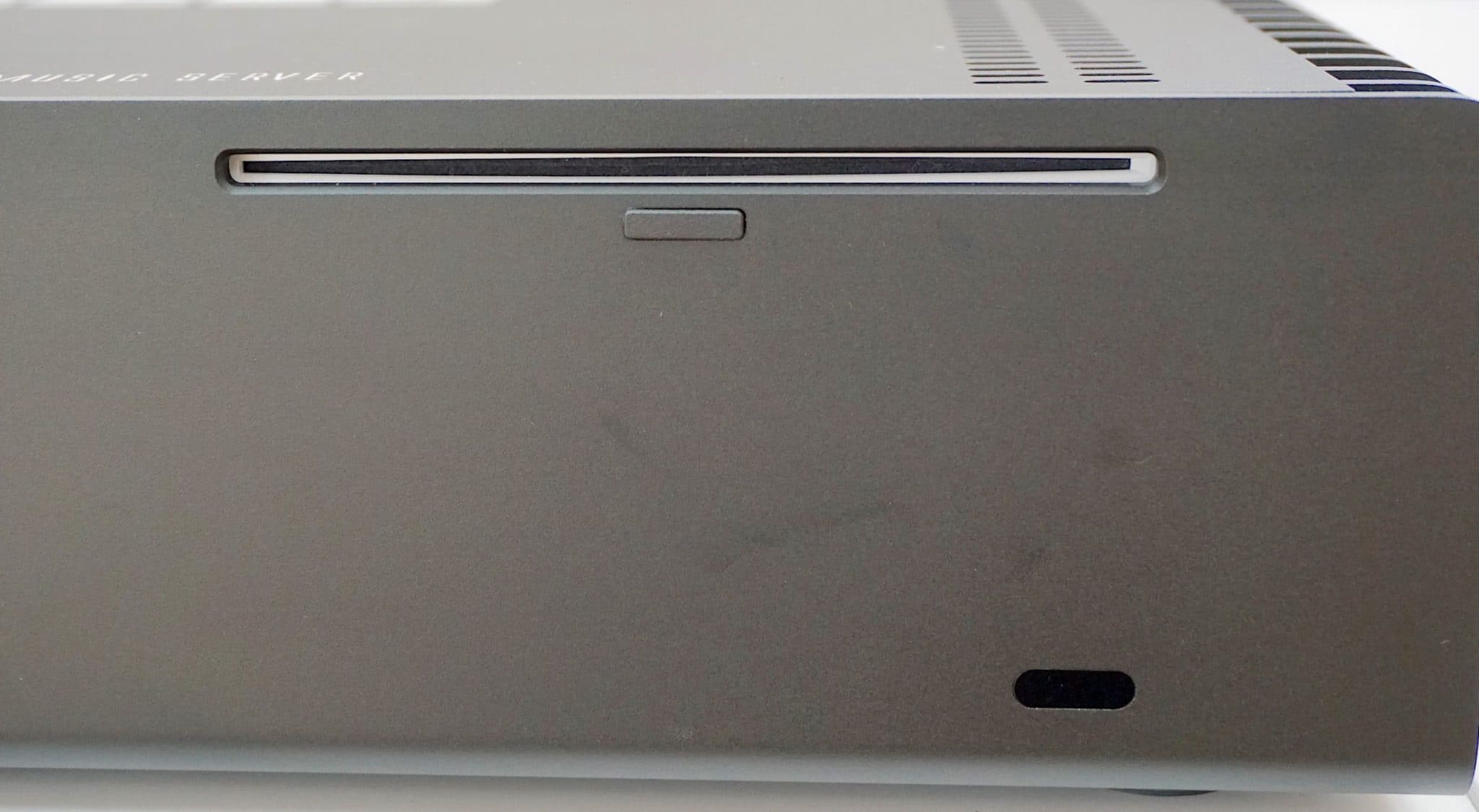
I noticed that the included DAC has a number of filters available to use and – wonders will never cease – an option to turn off the self same filters.
As a quick aside, I’m becoming increasingly annoyed at certain DAC manufacturers who do not offer the Filters Off option in their DAC. To me, this is a removal of choice. A removal of freedom. The word ‘filters’ is a propaganda term. At face value, it sounds like a good thing, a purification of some nature, an improvement. A bit like bottled water, perhaps? It’s not. At least, not in a DAC. DAC filters are nothing but EQs. Sound distortions, in effect. Some ‘filters’ may sound pretty good but they remain distortions. They distort sound from the original. I don’t want my music EQd without my permission, thank you very much. I don’t want it distorted.
I’m thus very happy that 432 EVO provides an Off switch, therefore.
External DACs can be added using the rear-mounted USB ports.
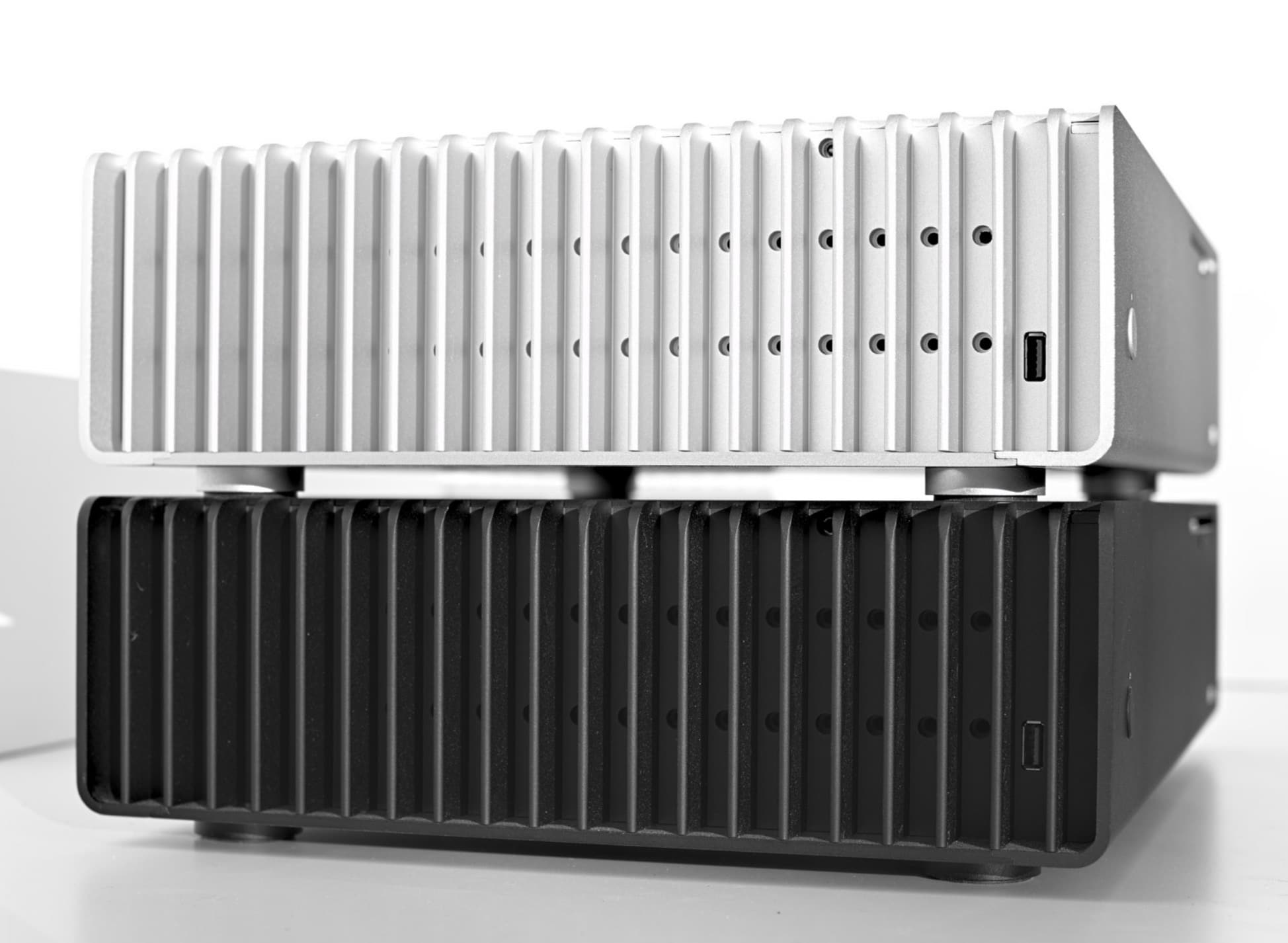
The Linux software that configures the server is primitive but usable and, once you get used to it, straightforward. Called Vortex Box, a slicker interface is promised in the future. This is needed, especially as some of the included software switches are obsolescent.
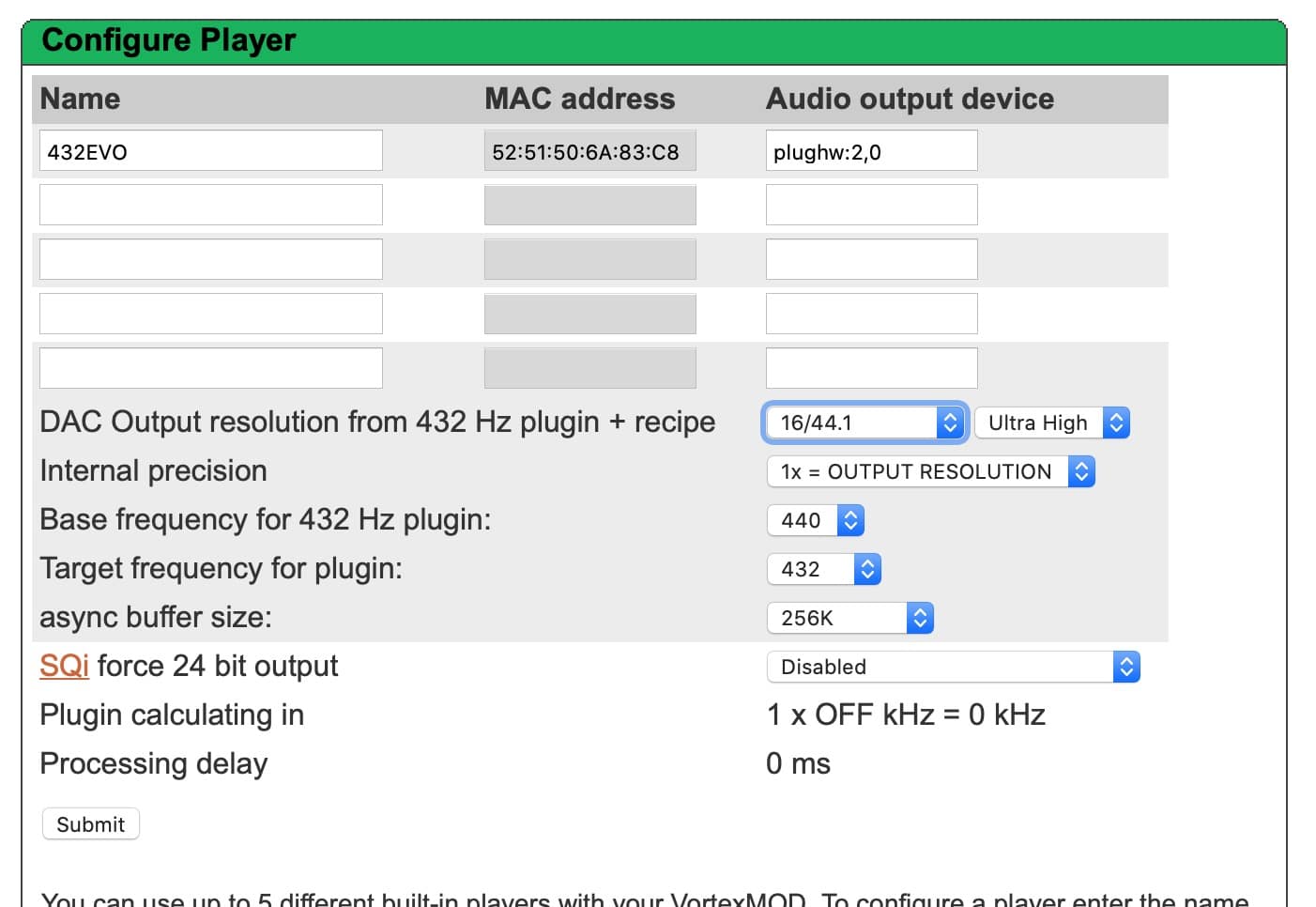
Finally, if you buy this server, you will be getting direct support to set it up and get it running from..a…human…being! The concept is pretty revolutionary, radical even. ‘Tis so, though. So don’t worry about all my talk about software switches below. The 432 EVO Human will sort it for you or, at least, you can discuss it with the 432 EVO Human.
SOUND QUALITY
I began the sound tests by playing Supertramp’s Gone Hollywood via the stone-cold classic LP, Breakfast in America at 16bit/44.1kHz. This resolution is by far the most common heard digital format on the planet. Forget high-res FLACs for now. If a network player is to be successful, it has to get this right first. We can talk about the pink, frilly stuff later on.
The intention here was really to get to know the Essence, to switch a few switches, to toggle to and from default settings and the like. Hence, my first impressions were not to be trusted. Not until I’d poked around in a few corners, at any rate.
Nevertheless, with the caveats in place, just what were those early impressions? Well…I did a lot of dancing around the room (dancing around the Roon?) Remember Julie Andrews swinging her arms around on that first scene in The Sound of Music? I did a bit of that. I get a bit embarrassed thinking back about it, though.
It was that sort of sound. Driving, strong bass, energetic mids. All that.
Roon performed flawlessly, responding well to commands and handling files with aplomb.
I did hear a solid state-like presentation. The said, unlike some CD players and DACs I’ve reviewed, noise was a little lower, even at this stage, from the Essence. I was able to increase gain by several clicks before that solid state tone really began to manifest itself in troubling, concrete form.
Nevertheless, despite some wrinkles and a few creases, the basic sound was fun. A real head-nodder.
But enough frivolity. Let’s get down to business.
And hey, don’t ever be fooled into thinking that digital music is easier to set up than a turntable. The latter is often criticised because it needs plenty of tweaking before it really flies. So does digital. As you’re about to see.
I loaded up the Vortex Box interface on my laptop and moved to the Configure Player screen to change a few options (see the Configure screen above for reference).
Actually, you don’t have to use the Configure Player screen during use. You can turn it off and use the server in ‘bit perfect’ mode. This takes the signal coming in from the source. The server then boots it out ‘as is’. And that’s that. It’s sounds pretty good too as a ‘bit perfect’ source.
When the Configure Player is switched on the software gets in the way and leans on the signal in a fundamental manner. Initially, the results are not great but I found that tweaking the Player screen steadily improved the sound. Actually, the final sound improved even on ‘bit perfect’. So let’s see how I got to that point.
As the Target Frequency is a headline feature and forms the very name of this box, I fiddled with that first. I moved the base frequency first from 432 to 440, then 444 and initially wondered if the noise had dipped because I was encouraged to increase the gain to find the old volume level but that really wasn’t really so.
What the increase in base frequency did was to dry out the sound, adding lots of extra focus and precision while restricting the soundstage. A bit like watching vacuum shrink wrap adhere to an object. The focus was skin tight but the clinical edge to the sound also rose, giving upper mids a cutting edge that was rather harsh on the ear.
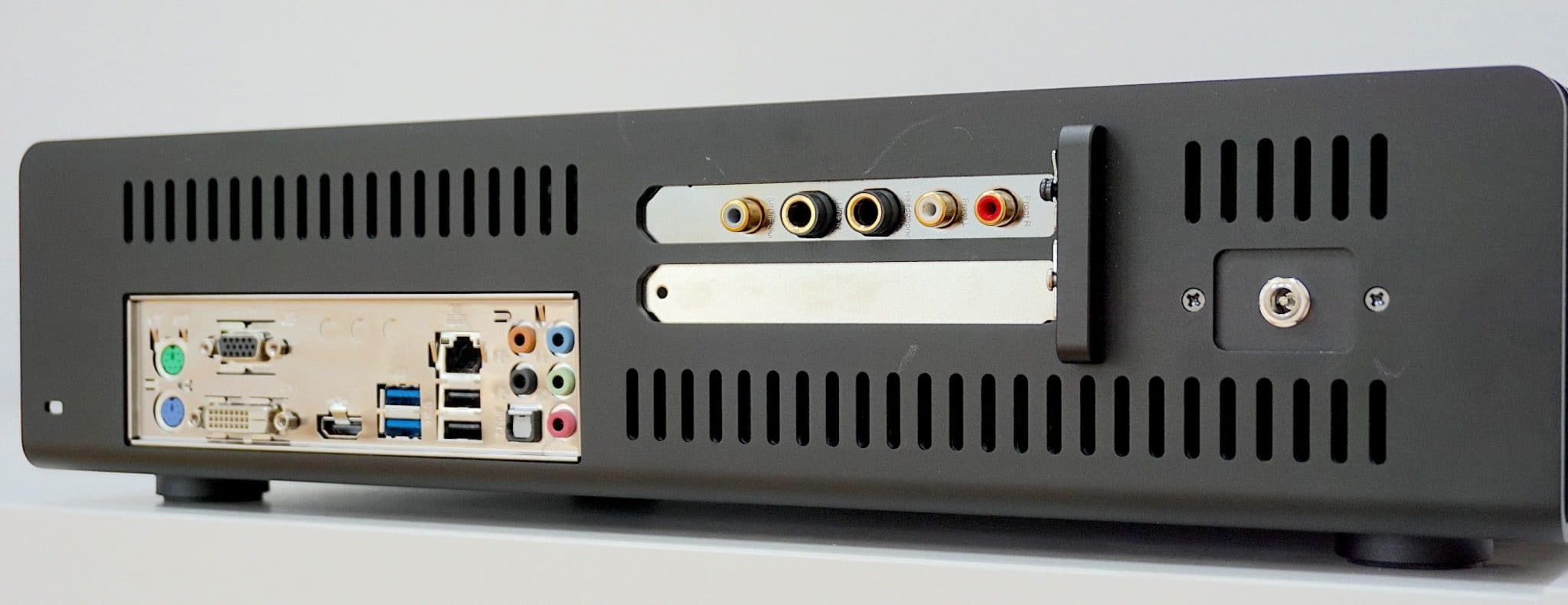
I returned to the default 432 base frequency and then ran in the opposite direction to see how that affected the sound. I selected 430.5 and then 426.6 and the focus and clinical edge reduced. Possibly too much perhaps? At high volumes, the midrange coolness remained but any aggressive edges were softened.
I returned to the 432 base frequency again and just noted these results for now. I then turned to the DAC Output Resolution, which sat at a default position of 32bit/192kHz.
Now this Supertramp track was running, let me remind you, at 16bit/44.1kHz. So, I changed the Output Resolution to that figure, to see if there was any sonic differences.

There were differences, yes. How to describe those differences? Well, imagine if I invited you to a party. Imagine I asked you to pretend to be a distinguished brain surgeon (instead of your steady day job of professional assassin). To present yourself as a brain surgeon, to engage others in conversation while talking about your recent operations, your successes, difficult cases, new techniques and the like. Surrounded by interested and inquisitive guests, at this party, you understandably are tense and stressed. You’d be nervous of saying the wrong thing and giving the game away. You’d be afraid of making a fool of yourself, being found out, possibly stammering, talking rubbish, of going red in the face and being found out to be a fraud. Imagine how stilted that would make you feel and sound?
Well, that’s how a 16bit/44.1kHz file sounded at 32bit/192kHz on the Essence. You can’t dress mutton up as lamb (or a trained assassin up as a brain surgeon) and that worked here too.
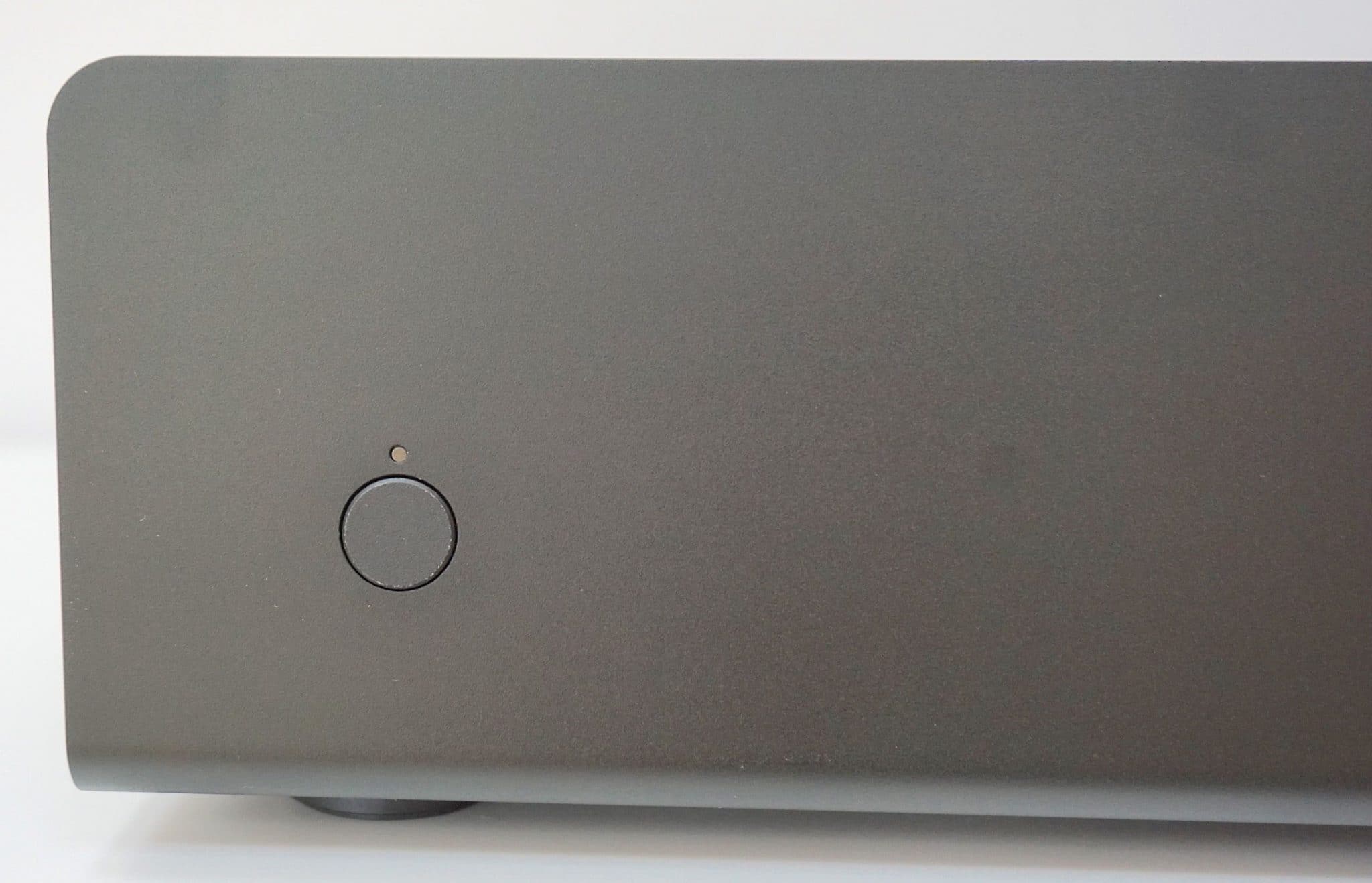
Once the DAC Output Resolution was selected to the proper working resolution of the file (and this worked on other sample files I might add), the music still retained its solid state presentation but it also noticeably relaxed. It never strained or forced the issue. At 192kHz, the band sounded like they were singing with tense facial muscles, mad staring eyes and almost shouting the lyrics. At 44.1kHz the music flowed and eased itself from the soundstage. Vocals were much more naturalistic while a cello sequence during the middle eight section offered great clarity and detail.
I then turned to the sync buffer size. This option tells the system to deliver music in chunks of a certain size. The default I had here was 32K. So music was delivered in 32K-sized chunks. Piece by piece.
I increased that buffer to 64K and, would you believe it, heard a noticeable improvement in sound. The soundstage increased, became more mature and rich in detail, added new air and space and bolted on an extra 3D image capacity. I was surprised, to say the least because I wasn’t expecting anything from this tweak.
Considering it, though, the sound enhancement makes sense. After all, moving from 32K to 64K, you’re asking the network player to do half as much work. As long as the CPU is fast enough to deliver the goods, the 50% less work rate should lower noise because the network player is not getting in the way as much.
So I proceeded to up and buffer again. And again. To 128K, 256K and then 512K. Each time, the maturing and finesse in and around the midrange leapt up in quality.
At 512K I hit the ceiling, though. I moved to 1MB chunks and that’s when it happened. A buffer would play and the 432 EVO would fetch another 1MB chunk but the earlier chunk would finish before the second chunk was ready so I started hearing drop-out pauses. The music would play for a bit and then – pause for a few seconds – then play a bit more for a while and then – pause for a few seconds. And so on.
Now, if the company could only increase the CPU power and speed up those chunk deliveries, upping the chunks to 5MB or even 10MB or even more then you’d really be talking!
As it was, I was very happy with the 512K chunks. This further reduced the solid state nature of the basic sound, giving the Essence a more expensive presentation. It offered a sophisticated and refined sound.
The only downside? It made the Roon interface very sluggish because it took a few extra seconds to load the data into the buffer and it needed a few extra seconds to play to the end of the buffer. So Play and Pause/Stop took a few seconds to respond. Just remember that. For me that so-called downside was worth it, though.
Remembering how this box sounded when I first played this Supertramp track? Well, that was a million miles away now.
I then traced my steps back to the Target Frequency and changed from 432 to 430.5 again. That frequency with the other new settings in place, fitted in very nicely. Focus and precision was still there but the solid state coolness backed off a touch more to enhance the sound further, at least to my ears. The midrange sounded much smoother now, bass was still strong yet naturalistic while there was plenty of air around the treble.
There was still a sense of solid state coolness in the upper mids at higher volumes but, even so, the Essence now offered the ear a real sense of sonic quality.
There are also a number of DAC filters available for use and experimentation. They acted as EQs, sharpening and softening the sound to a greater or lesser degree. I preferred to disable the filters. It’s great to actually have that option! So many other DACs don’t allow you to disable filtering. I quite liked ‘Linear Phase with Slow Rolloff’ but, if push comes to shove, I’d rather not have any at all.
So that’s where I finished, in software tweaking terms at least. For the record? Well, you might prefer different settings of course and I encourage you to experiment to find the ideal sound for you but, a far as I was concerned, I tuned the Essence interface to DAC Output Resolution at the same resolution as the source file, the Target Frequency at 430.5 and the Async Buffer at ‘512K’ with Filters turned Off.
I confirmed this be playing Norah Jones’ lovely, low key Come Away With Me, also at 16bit/44.1kHz. Being of a more refined jazz-oriented genre, one that demands accuracy above all else, the coolness of the Essence was accentuated but the basic improvements I had made in the software helped the final output a lot.
That is, instrumental separation was enhanced, producing more space and air around the soundstage and enabling detail to be fully explored. Bass as nicely integrated into the mix, the mids were never forced or stressed while the smoky nature of the Jones vocal eased itself towards the ear.
EXTERNAL DAC
I then changed things around and added an external DAC. Just to see if the sound, compared to the internal model, would change at all. Connecting it to the Essence via coax cable, I then ran the outputs from the DAC to my hi-fi and played the same song.
It was at this point that the solid state nature of the sound reduced again. It wasn’t totally gone but the effect was greatly minimised now. The mids sounded smoother, bass was nicely integrated into the broad soundstage while a new level of layering was noticed in the mids to give the detail a richer and more complex presentation.
On a similar vein, I also tried Diana Krall’s DSD version of Stop This World from her album, The Girl in the Other Room and Michelle Branch at 24bit/96kHz with Best You Ever via Qobuz and similarly high quality results were forthcoming.
The addition of the DAC was a definite upgrade in sound terms. This is not surprising because the DAC has now been removed, in effect, from the chassis and isolated. I would recommend Essence owners to look upon an external DAC as a future upgrade.
CONCLUSION
I hear that 432 EVO is working on software upgrades that will hopefully allow users to plug in a USB stick and draw files from such a source which will only add to the value and flexibility of the system. An upcoming OS interface upgrade is welcome too.
As it stands, though, the 432 EVO Essence is an impressive piece of kit. It looks compact, despite its relative size, is solid and performs dependably. The ability to tweak the sound might not be for everyone but, even if you find the notion of flicking software switches daunting, you will be provided with support from the distributor if you do want to investigate this option. Tweakers with more confidence in these areas will have a field day, honing the sound to their own preference. It’s definitely worth doing so, in my opinion.
Easy to use, with a promise of support (from a ‘human being’, no less!) in terms of initial installation and set up, and once tweaked, impressive sound quality with a professional Roon interface to navigate, the 432 EVO Essence is an ideal and effective musical hub.
432 EVO ESSENCE NETWORK SERVER
Price: £3,500
Tel: 02039 115 549
Website: www.wholenotedistribution.co.uk/request-free-demo (UK distributor) & 432 EVO
GOOD: human support, tweakability, overall sound quality, external DAC option.
BAD: techie config interface, untidy/confusing rear sockets, non-native DSD
RATING: 8
[Don’t forget to check out my new Patreon Page at www.patreon.com/audiophileman, for exclusive postings, giveaways and more!]
REFERENCE
iPhone 8
MacBook laptop
Aesthetix Calypso pre-amp
Icon Audio MB845 Mk.II monoblock amplifiers
Quad ESL-57 speakers with One Thing upgrade
Blue Horizon Professional Rack System
Harmonic Resolution Systems Noise Reduction Components
Gutwire Consummate Grounding Cable

